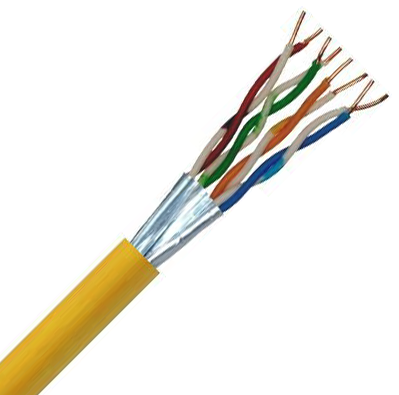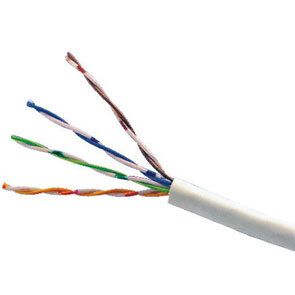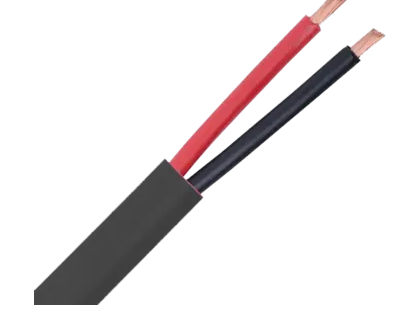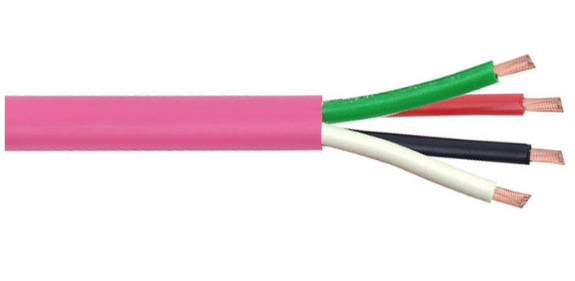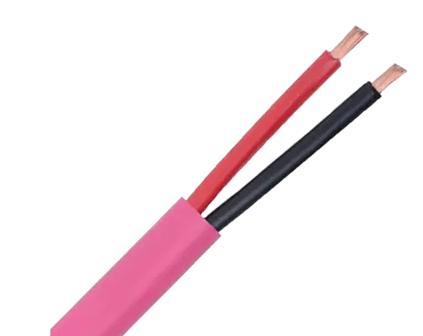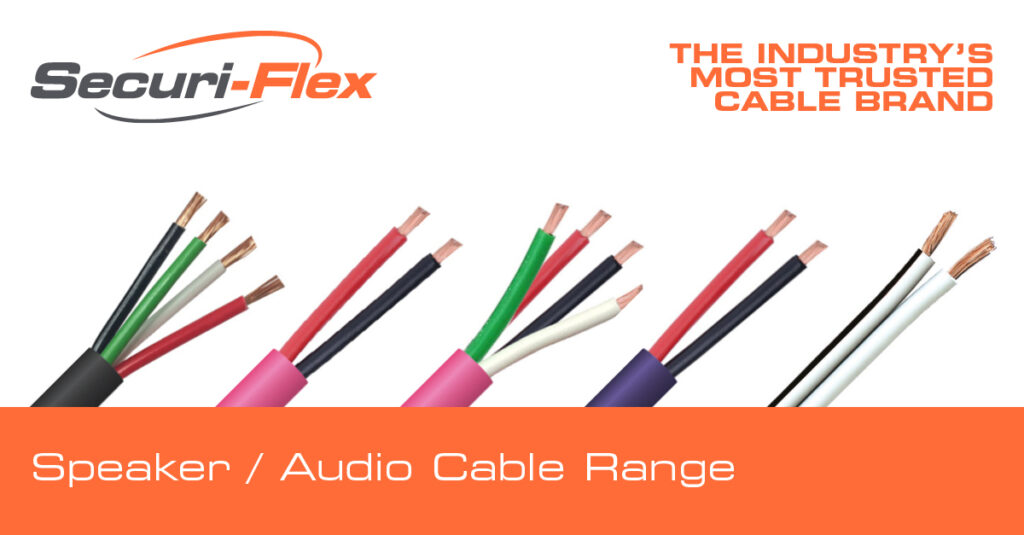Securi-Flex is here – The Ultimate Flex!
CCTV cable types – what are the options?
CCTV cables come in different types. There should be an emphasis on quality when it comes to CCTV cables, as you will want a good quality image. Poor cable choice can affect the picture, rendering your CCTV useless. CCTV systems also need a reliable power supply to ensure they’re able to operate at all times.
Ethernet and Coaxial cable types are usually used for CCTV. Ethernet cables are generally good for data transmission, while analogue camera installers should consider using RG59 cables which are part of the Coaxial cable family. Most commonly, the RG59 ‘siamese’ or ‘shotgun’ as it’s called, is a version that’s often preferred because it offers both the coaxial cable and power cable together as one.
Which is the best CCTV cable?
The RG59 CCTV cable is generally the most widely used on the market. It is used by most CCTV installers as it can provide a strong video signal, however it does need to be used with a connector to ensure power supply reaches the device. However, as with any cable – the key to choosing the right one comes down to its usage. The RG59 cable is best used where cable needs to run over a longer distance, it also tends to last longer thanks to how robust it is, but all CCTV systems will need maintenance at some point during their lifespan. RG59 coax cable is ultimately the industry standard and best choice for CCTV systems.
How to join CCTV cable
Joining CCTV power cable is made simpler if you buy cables with connectors installed. Since this increases the cost, you may wish to buy bulk cables without the connectors and do this part yourself. It’s worth considering if the cable needs to be pulled through walls, cables without pre-installed connectors can make this process easier.
A frequently asked question is ‘how to join CCTV cable?’
The wires should be placed through the back of the junction box, and the box needs to be attached to the desired surface. Once this has been completed, and the cables have been correctly terminated with the suitable connectors, you should be able to easily connect the camera to both the power and video output.
Cable for smart homes
Smart homes have become popular. With homeowners renovating and upgrading home tech has become more accessible. A wide variety of applications are now available, that’s able to control things remotely such as lighting, kitchen appliances, heating systems and more. This of course includes security systems and CCTV. As many of these are reliant on the internet to function, any cables used need to ensure signals are transmitted effectively and with minimum disruption. You may want to consider smart wiring for ease of management if you’re going to be building a smart home.
THE INDUSTRY’S MOST TRUSTED CABLE BRAND



